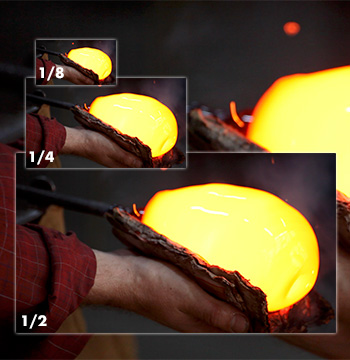Tip #1337: What Does “Low Resolution Proxy” Mean?
… for Codecs & Media
Tip #1337: What Does “Low Resolution Proxy” Mean?
Larry Jordan – LarryJordan.com
The small file size of proxy files is due to deeper compression and reduced frame size.


We often talk about proxy files being “lower resolution.” But what does that actually mean?
Proxy files are designed to provide reasonable images for editing, while taking less space to store and fewer computing resources to display. This is accomplished using deeper compression settings, changing video codecs (for example, using H.264), and reducing image resolution.
NOTE: Audio is always stored at the highest quality, even in a proxy file.
For a long time, I would say the words “lower resolution,” but not understand what they meant. It wasn’t till I created a graphic for one of my webinars that I understood what was going on.
A “lower resolution” proxy file is a file created using a smaller frame size than the original image. For example, using a 1920 x 1080 pixel frame size for the source video:
- 1/2 resolution = a frame size of 960 x 540 pixels
- 1/4 resolution = a frame size of 480 x 270 pixels
- 1/8 resolution = a frame size of 240 x 135 pixels
Obviously, the smaller the frame size, the smaller the proxy file, but the less image detail is displayed.
Most of the time, I use 1/2 frame size for my proxy files. However, if I’m doing multicam work, where the on-screen images are small to begin with, I’ll use 1/4 frame size. This allows me to play more cameras at the same time without dropping frames.


Leave a Reply
Want to join the discussion?Feel free to contribute!